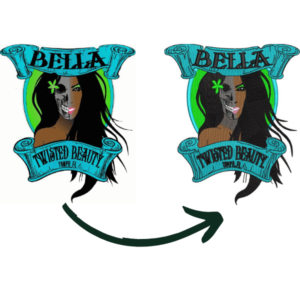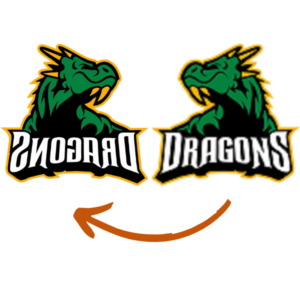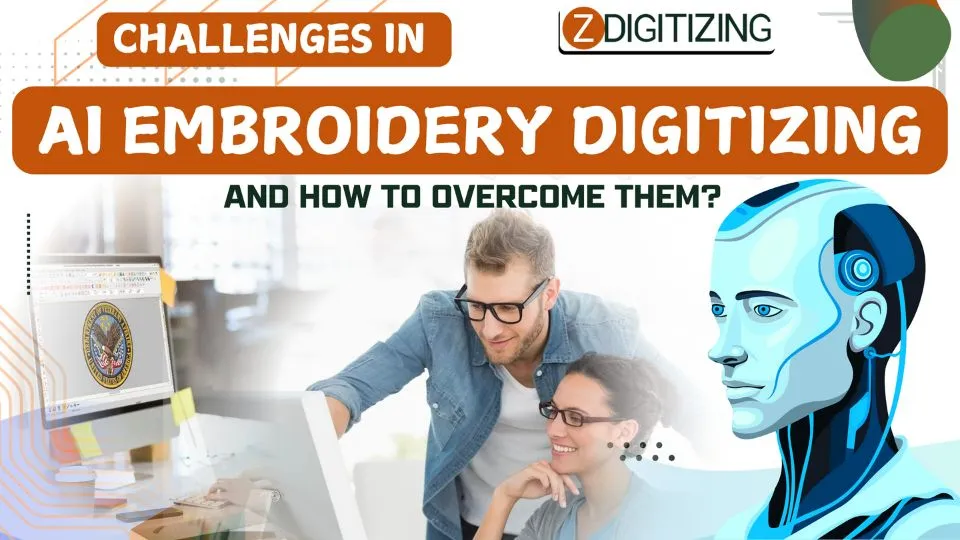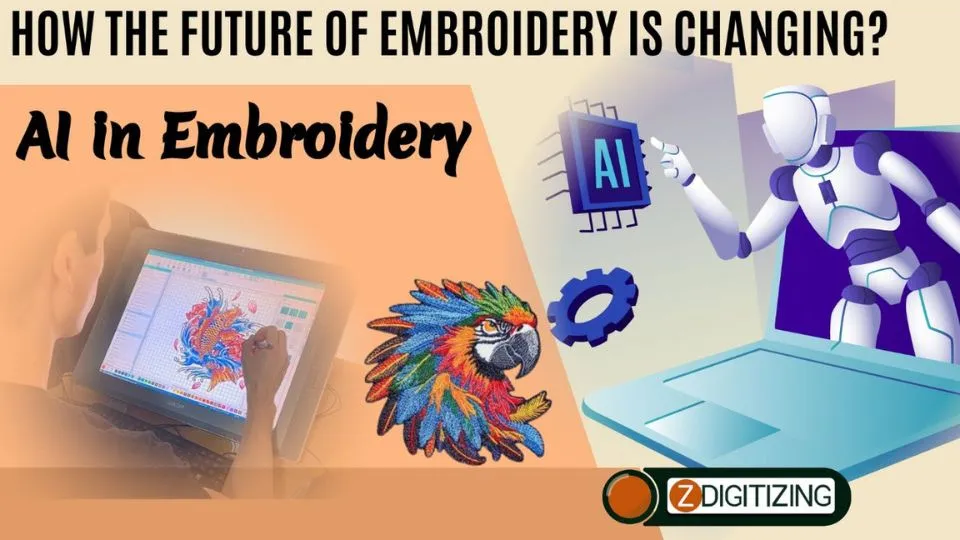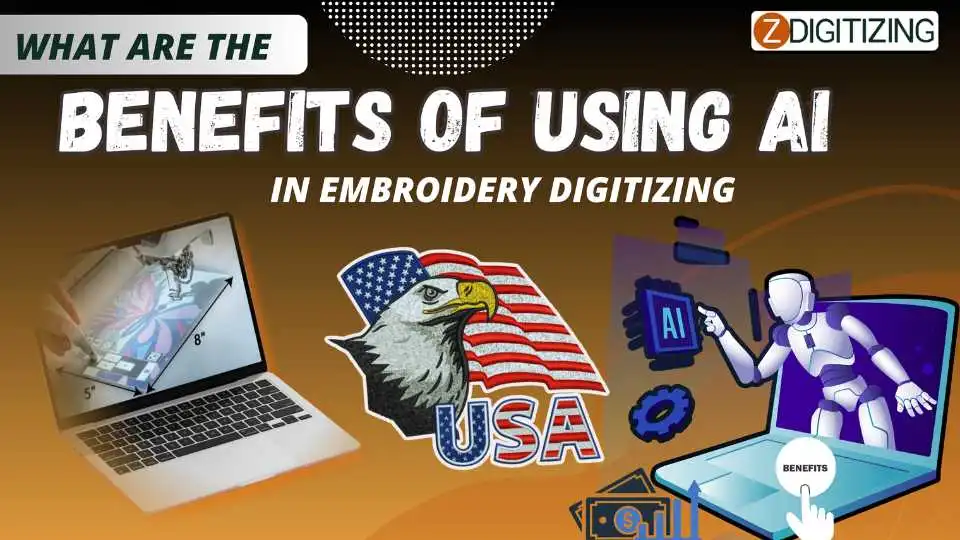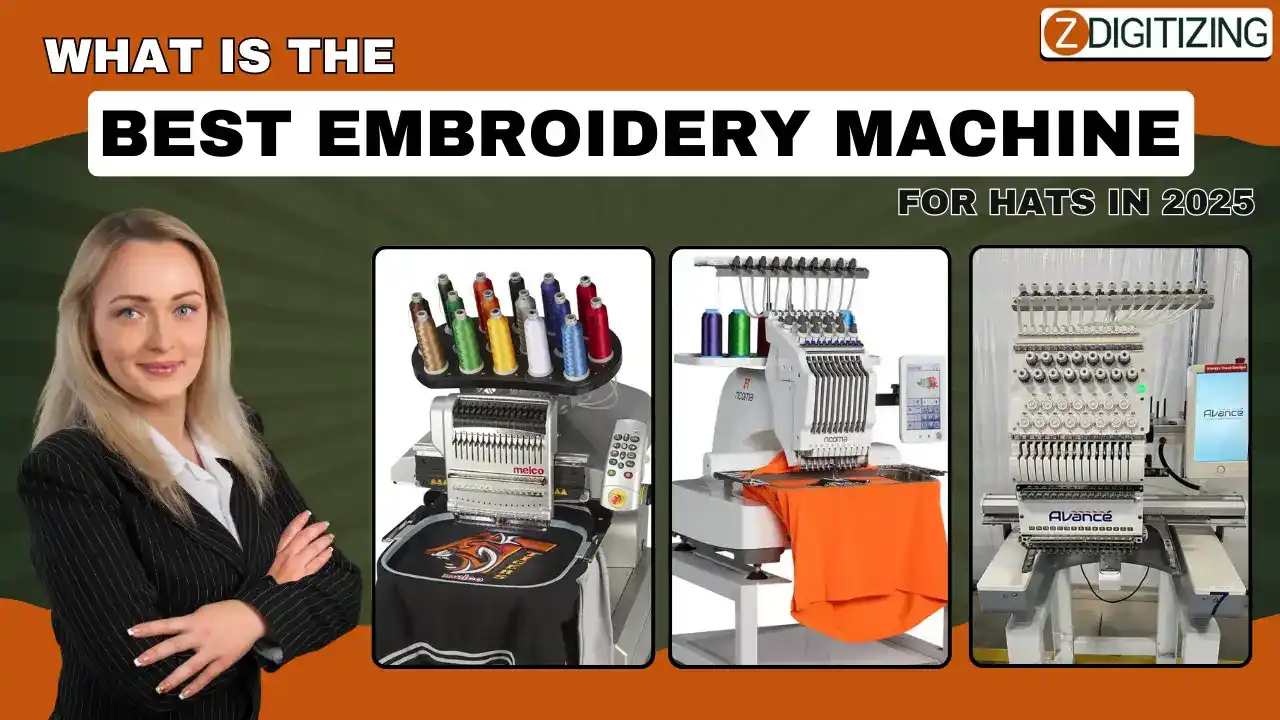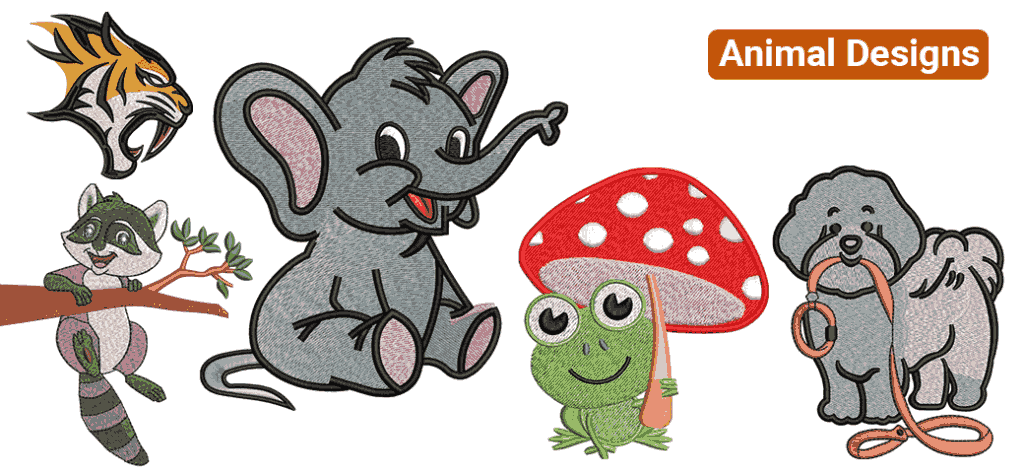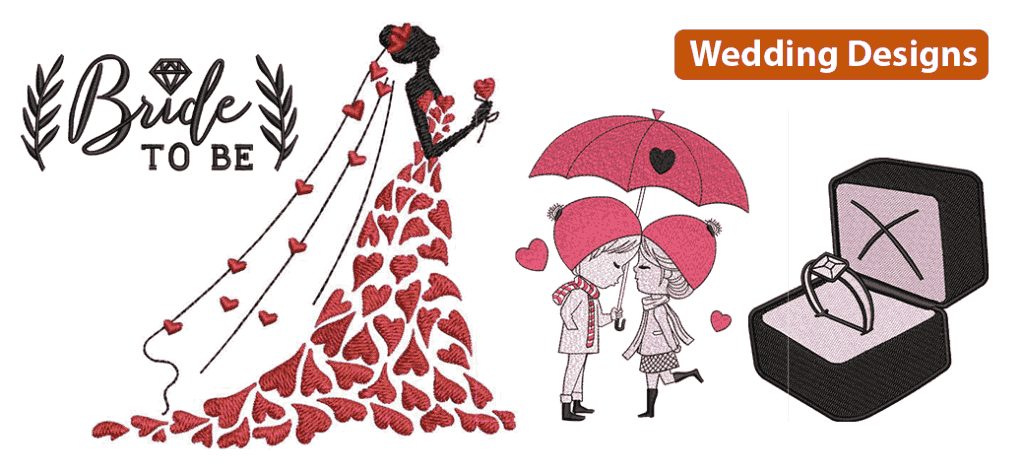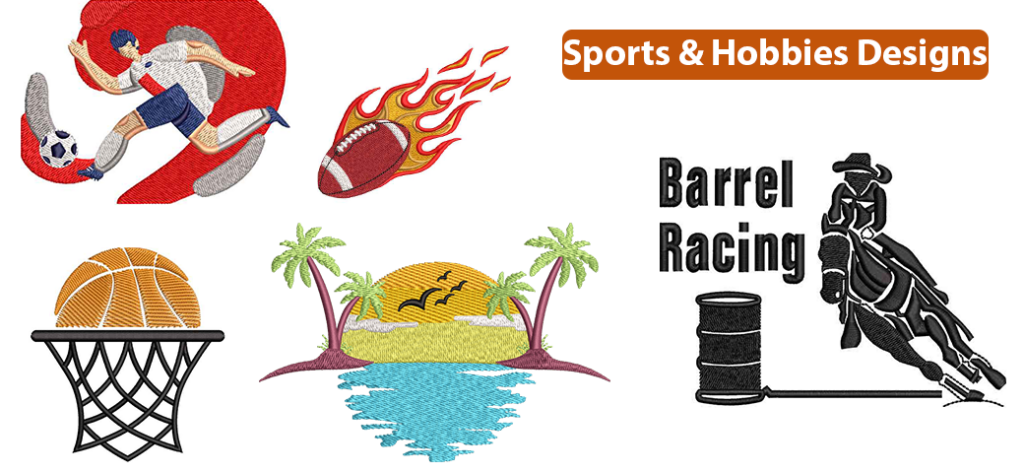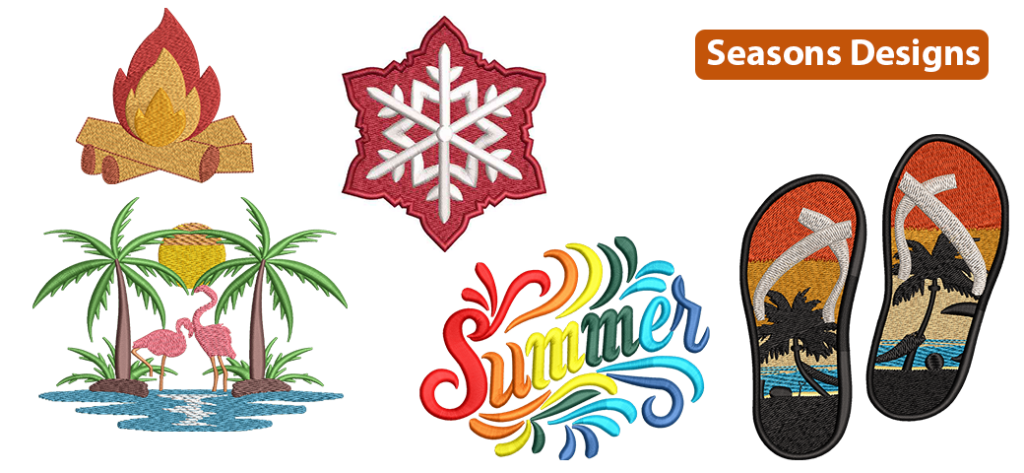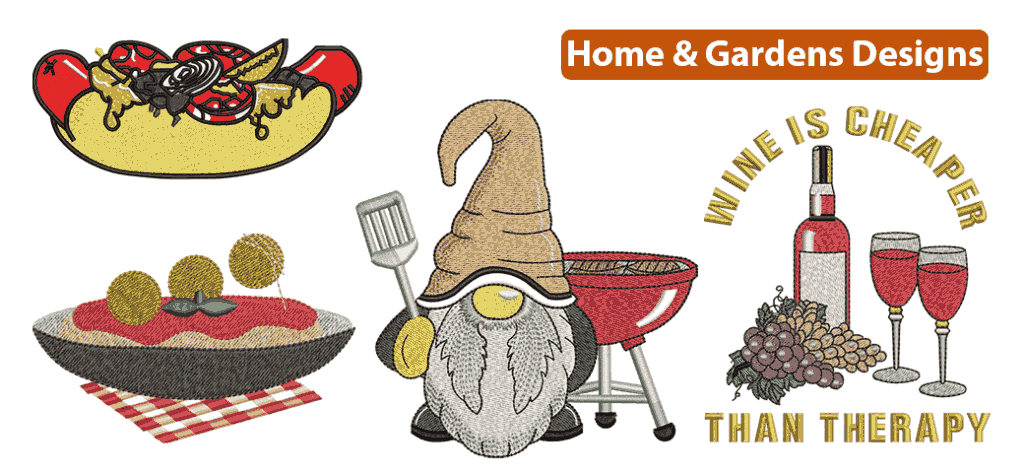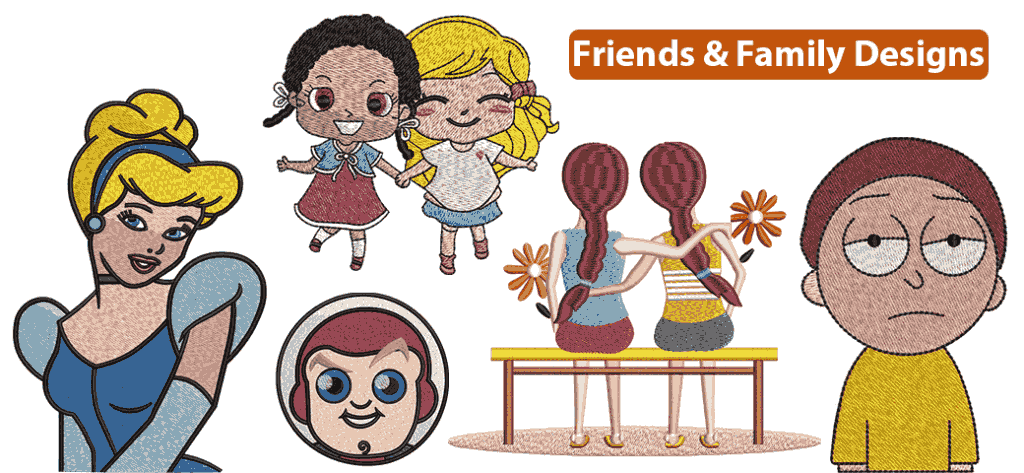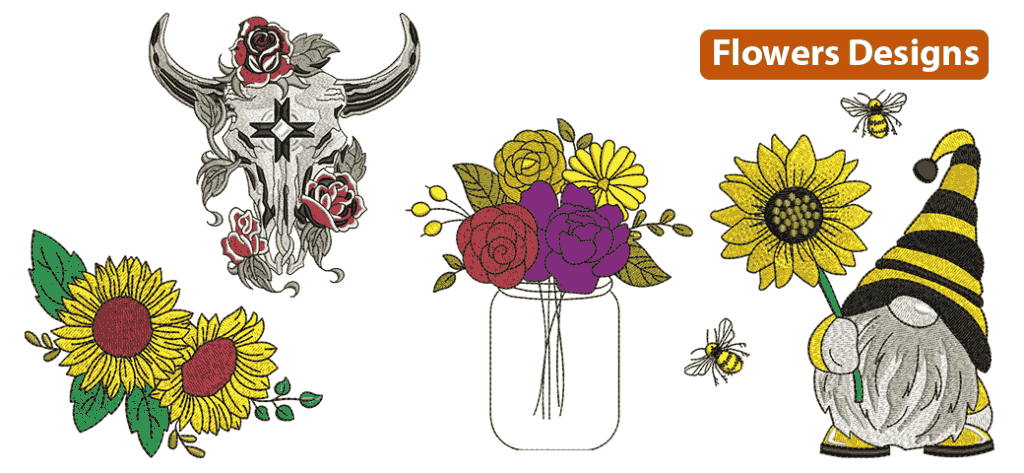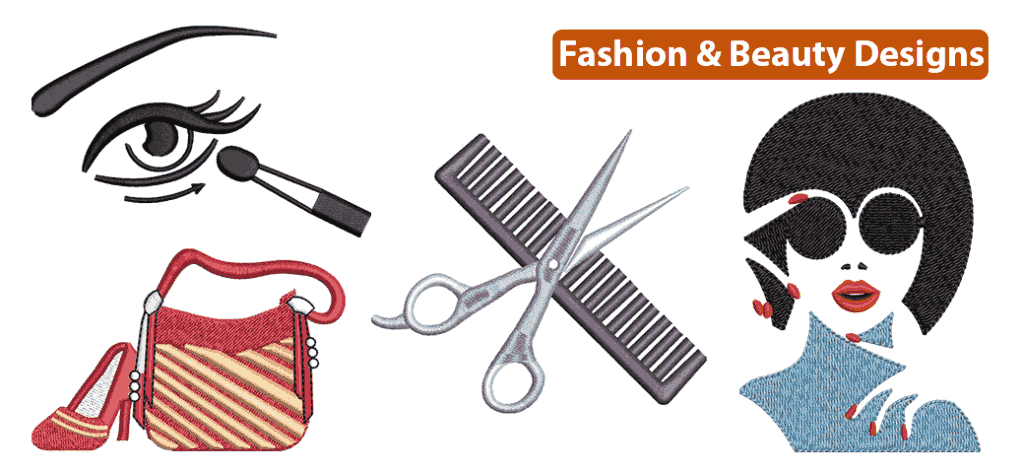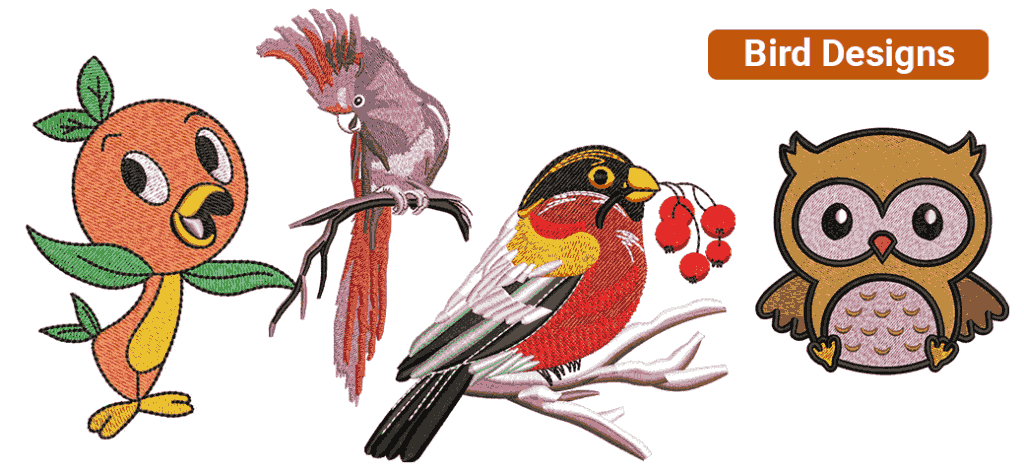Over the years, the custom apparel business has grown in popularity and affordability. Consumers can now purchase more individually designed custom apparel as a result of new technology and digital manufacturers.
Companies create pleasant designs with virtually no limits and produce custom apparel demanded by consumers to remain fashionable and special.
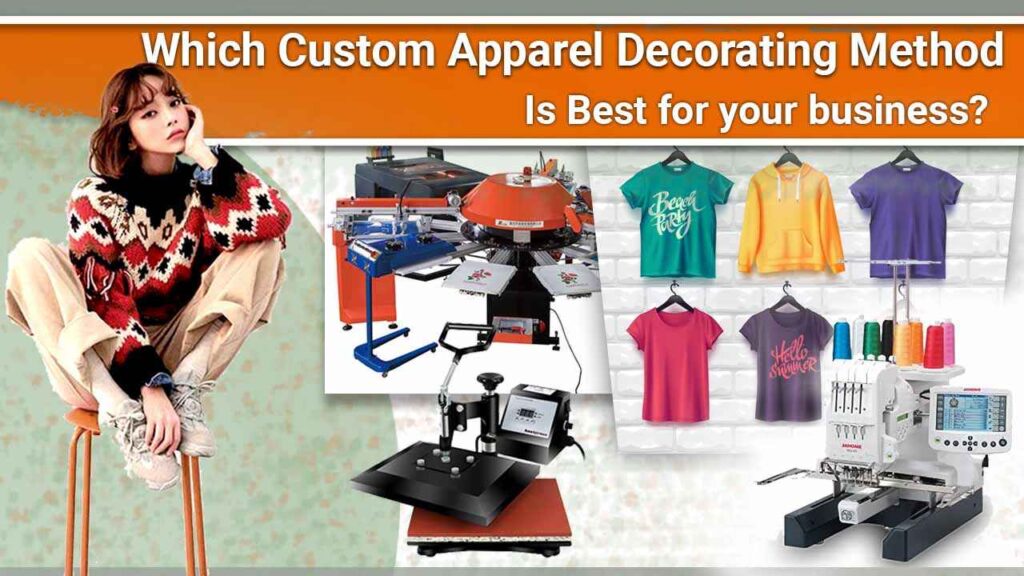
Which custom apparel decorating method is best for your business?
Introduction:
The challenging part is choosing which apparel decoration technique is best for your business. When considering developing your own business apparel, it is beneficial to familiarise yourself with various embellishing techniques and apply them. You might be surprised to learn that the way you are considering is not the best for your best business!
So to avoid this situation you can keep reading this article to know more.
Screen printing:
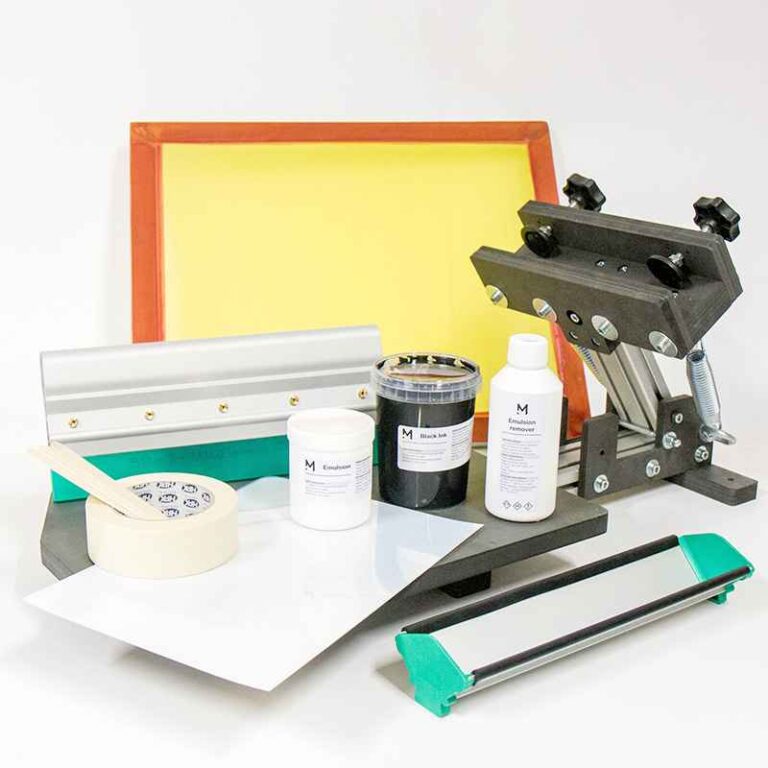
Screen printing is the earliest and perhaps most frequently used method of apparel decor that is still frequently used in the custom apparel printing business. Although the design elements are durable, the procedure involves a significant amount of time and machinery.
This technique is cost-effective, as prices drop as the amount of purchases increases. Additionally, it is incredibly efficient in terms of the time required to print large volumes of clothes.
Screen printing is not suggested for small custom orders since labor costs, and related expenditures are spread over a small number of items. Screen is not suited for creations that require complicated embroidery designs, graphics, or a large number of colors.
Sublimation:
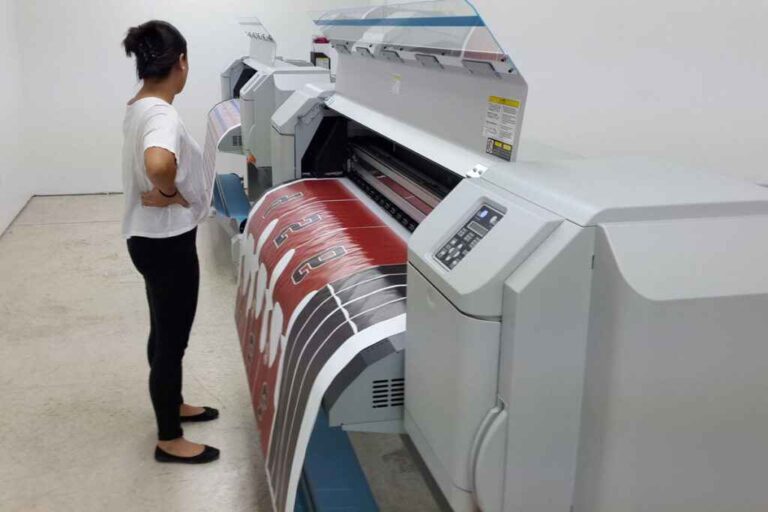
In the sublimation process, it’s the transfer of ink on the fabric using transfer paper with the help of a heat press. If you want complete creative and unique custom apparel prints with a fast process, sublimation apparel printing would be best.
It generates a clear and bright picture of the material, which stays on the material even after several years of use. It cannot be peeled or faded. If you are going to start a custom apparel printing business, then give this printing a try. The drawback of sublimation printing is its cost, and as it is often printed on white materials, if somehow the design doesn’t reach the material, it will remain white on that part.
Embroidery:
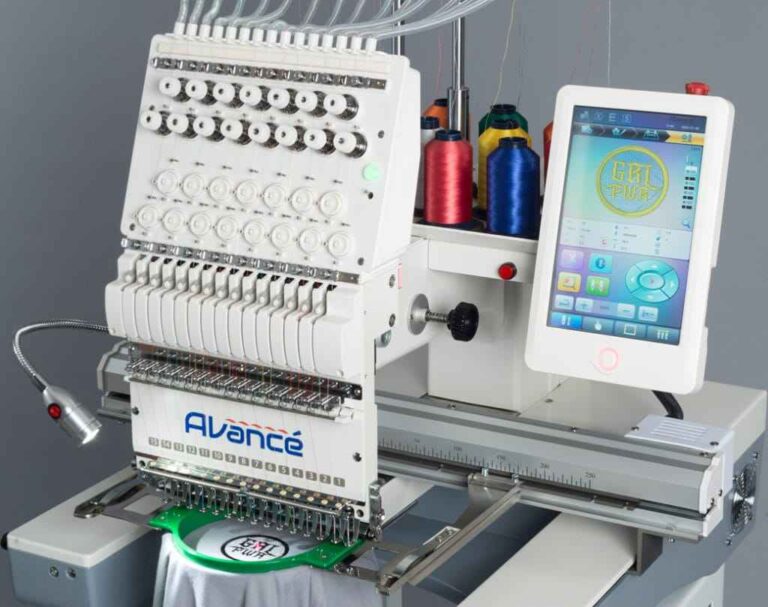
Embroidery is the decorative stitching process. The stitching is available in various styles and is beneficial for detailed designs, durability, and enhancing the quality of a garment. Custom embroidery is applied on top of the original piece of customs t-shirts. It may be done in various colors and materials, using metallic threads and other accessories to custom apparel t-shirts.
Significant aspects of embroidery include its cost and manufacturing time. Embroidery does require some setup time and, similar to screen printing, is typically more affordable for larger volumes. While this process is not as speedy as other print methods, it does look fantastic!
Heat Transfer:
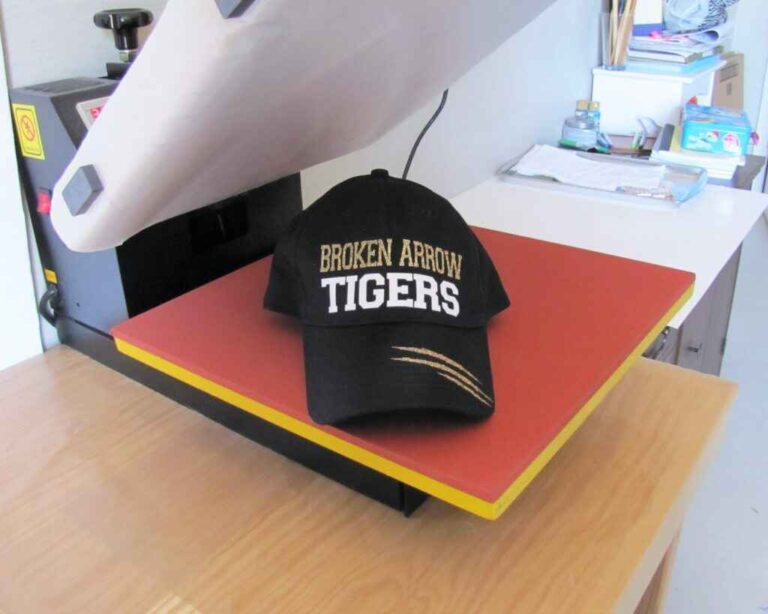
The heat press printing process is similar to the dye sublimation process, but the difference is that it makes a layer of print on fabric and sublimation absorbs in fabric. It is suitable when less quantity of custom apparel t-shirts has to be printed. The primary benefit is that you can create complex prints too, and it gives a soft and vivid design.
It’s most suited to the new businessman who wants to start their own apparel business. Due to its easy process, low cost, and occupies less space, it would be the best choice to run a heat transfer printing business. The only drawback is that it takes more time than other printing methods.
DTG:
Direct to garment printing method is a process where the whole design is printed on fabric using a printer and exceptional inkjet. These DTG machines use ink to print the design on fabric or custom t-shirts.
This printing process is best suited to decorators who want to expand their custom t-shirt printing business. Some customers like full-filling printing, so it’s better to do DGT to take orders like that.
Some of the drawbacks of digital to garment printing are that the initial investment is quietly high, and the second one is that it takes almost more time than other prints, even if you use the best DTG printer. One more reason you should keep in mind is that the designs are not durable.
Bottom Line:
The advancement of technology has resulted in a wide range of custom t-shirt printing techniques. The majority of procedures result in the very high-quality production of the design for custom apparel.
You can also express your creativity by utilizing various colors and patterns to achieve your desired result. When determining the optimal approach for your apparel business production, consider the required fabric, timing, design, and cash budget. These may be the key attributes that influence the outcome.
Frequently Asked Questions:
Apparel is a piece of clothing, particularly outwear, garments, raiment, and attire. Or in other words, apparel could be defined as anything that decorates or covers like table cloth, etc.
Clothing, particularly outer garments, attire. Anything you wear to protect, cover, or beautify your body is called apparel. A jogging suit is an example of sports apparel.
The apparel industry means the cutting, making, sewing, assembling, finishing, pressing, or else making of apparel, designed or planned to be worn by any individual and sold or offered for sale for that reason, but does not include pressing, cleaning, or tailoring services performed upon apparel sold.
Apparel comes from the meaning to wear so it includes outfitting and clothing like accessories, equipment worn or carried for decoration or function. Clothing is the cloth you wear as part of your apparel for body modesty or protection.

